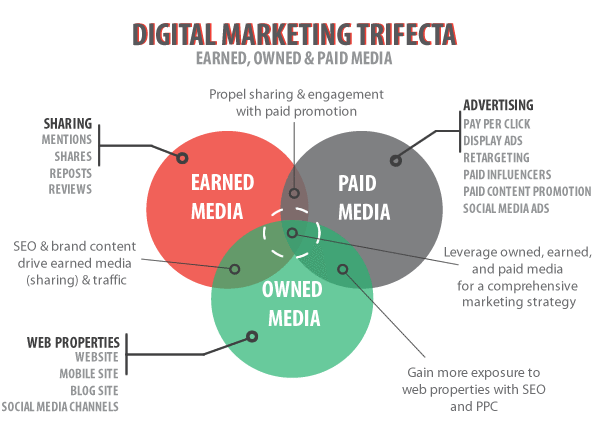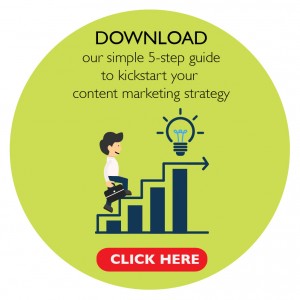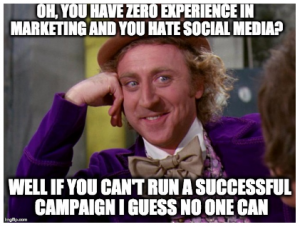A client-agency relationship is more than just a business transaction. It takes more than charismatic account management and savvy sales pitches to make the relationship really work. What many agencies and clients miss, is in the on boarding process– from the business objectives to the culture. Here are 5 key points to help you kick-start an awesome partnership with your marketing agency:
Invest some time
Given that you’re trusting this agency with the reputation of your brand, you need to feel confident about the ability and reputation of the team. Plus, actually getting on well with the people you’re dealing with has a huge impact on your relationship – so don’t be afraid to explore the company culture, values and, of course, technical expertise. Developing authentic, trusted connections with your customers is at the heart of marketing; similarly, you need to feel confident in your relationship with your agency. The best way to do this? Invest some time when it comes to finding out a little bit more about the agency, whether it be heading over for a lengthy chemistry meeting, going out to lunch or arranging a happy hour.
Agree to a communication plan
At the start of any new client relationship, a communication plan should be mutually agreed upon from day one.
Some tips to consider when agreeing to a clear communication plan:
- How often and how you’ll catch up, whether it’s in person or over a call
- Your point of contact – Knowing exactly who your liaison is saves a lot of time and effort when you’re in need of a prompt response
- The agreed goals and objectives for your business and what you expect from your agency.
Set measurable key performance indicators (KPIs)
In order to keep up with and evaluate the performance of your campaigns, your agency will need to provide you with specific metrics against which to benchmark success. These should be based on business goals and expectations that were set out at the very beginning of your relationship. Reviewing them thoroughly will allow for greater productivity moving forward, and will also signal when there needs to be a change in strategic direction as well.
Make your meetings count
No matter how often or seldom your meetings occur, preparation will enable you to get the most value from your meetings with your agency and negate the need for continuous threads of emails or calls outside your regular meetings.
Tips:
- Agree upon an agenda before each meeting. This will give you the opportunity to include topics that are a priority
- Have objectives clearly defined before the meeting
- Ensure all relevant people are present to allow decisions to be made
Make the most of your agency’s expertise
You know your brand and industry the best. Similarly, your agency will know the latest developments and technologies in their industry best. In order to optimise your campaigns, they should be able to anticipate twists and turns, and should have the ability to adapt quickly when things don’t go as first planned or when new opportunities arise.
Your agency should always work according to your agreed plan and scope, but flexibility is crucial to the success of your campaign performance. Not only does this benefit your outcome, but its encourages your trust in them to be able to deliver on outcomes that matter to you.
At the end of the day, your agency contains a wealth of knowledge and expertise, so use it! Explore all the ways you can learn from them; whether it’s downloading guides, reading their blog or regular newsletter or simply asking questions your agency can help you grow your own skill set.
Want to talk more about how an agency of experts could help your business? Drop us a line at [email protected]









